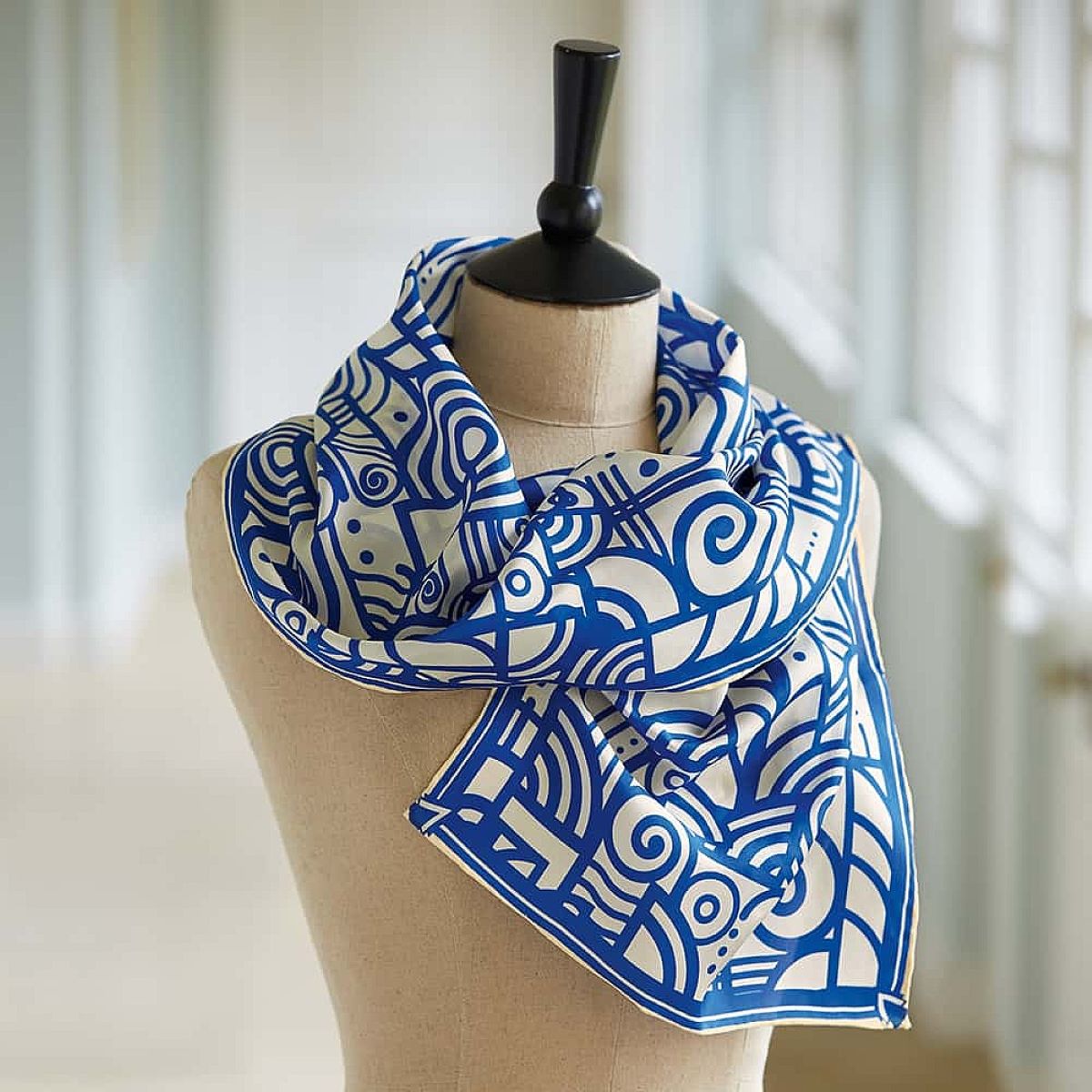

Articles
How To Store Silk Scarves
Modified: October 24, 2024
Learn the best way to store silk scarves and keep them in perfect condition with our helpful articles. Expert tips and advice to maintain the beauty and longevity of your favorite accessories.
(Many of the links in this article redirect to a specific reviewed product. Your purchase of these products through affiliate links helps to generate commission for Storables.com, at no extra cost. Learn more)
Introduction
Silk scarves are not only beautiful fashion accessories but also delicate and luxurious items that need proper care and storage to ensure their longevity. Whether you have a collection of silk scarves or just a few special pieces, knowing how to store them correctly is essential to maintain their quality and beauty over time.
Proper storage for silk scarves involves a combination of factors, including choosing the right storage location, preparing the scarves for storage, and using appropriate techniques to protect them from damage. In this article, we will guide you through the process of storing silk scarves to help you keep them in impeccable condition for years to come.
Key Takeaways:
- Proper storage, including choosing the right location, preparing, and using acid-free tissue paper, is crucial for maintaining the beauty and longevity of silk scarves.
- Avoiding direct sunlight, heat, moisture, and contact with perfumes and chemicals is essential to protect silk scarves from damage and preserve their luxurious quality.
Read more: How To Store Scarves In Closet
The Importance of Proper Storage for Silk Scarves
Proper storage is crucial for silk scarves due to their delicate nature and susceptibility to damage. Silk is a natural fabric with fine fibers that can easily snag, tear, or lose their sheen if not stored carefully. By following the right storage techniques, you can prolong the life of your silk scarves and ensure that they remain in excellent condition for years.
One of the primary reasons for proper storage is to protect silk scarves from physical damage. By storing them in a safe and secure manner, you minimize the risk of accidental tears, pulls, or snags. Silk scarves are often adorned with intricate designs, embroidery, or delicate embellishments that require extra care. Storing them correctly helps preserve the integrity of these delicate details.
Another crucial aspect of proper storage is preventing discoloration or fading of silk scarves. Exposure to sunlight or harsh artificial light can cause silk fibers to lose their vibrant hues over time. By storing silk scarves in a dark or low-light environment, you can prevent the color from fading and keep them looking fresh and beautiful.
Proper storage also helps in maintaining the shape of silk scarves. Hanging them or folding them correctly avoids unnecessary creases or wrinkles that can be difficult to remove. By preserving their shape, you can prevent the scarf from losing its original design and drape, ensuring that it always looks its best when you wear or display it.
In addition to protecting silk scarves from physical damage and color fading, proper storage also guards against dust, dirt, and pests. By storing them in a clean and enclosed environment, you reduce the chances of accumulated dust particles or insects making their way onto your scarves. This helps in maintaining the cleanliness and hygiene of the fabric, preventing any unnecessary damage or staining.
By recognizing the importance of proper storage for silk scarves, you can ensure that your precious accessories remain in pristine condition. The next section will guide you on how to choose the right storage location for your silk scarves.
Choosing the Right Storage Location
When it comes to storing silk scarves, selecting the right storage location is critical to maintaining their quality and longevity. The ideal storage location should provide a controlled environment that protects the scarves from potential damage caused by external factors.
One of the essential considerations when choosing a storage location for silk scarves is the level of humidity. Excess moisture can lead to mold or mildew growth, which can be detrimental to silk fabrics. Avoid storing silk scarves in areas with high humidity, such as basements or bathrooms. Instead, opt for a dry, well-ventilated space.
It’s also crucial to protect silk scarves from exposure to direct sunlight. Sunlight can fade the color of silk fibers over time, causing them to lose their vibrancy. Therefore, choose a storage location away from windows or install UV-blocking curtains or blinds to shield the scarves from harmful UV rays.
Temperature fluctuations can also impact the condition of silk scarves. Extreme heat or cold can weaken the silk fibers and lead to damage. Select a storage location where the temperature remains relatively stable throughout the year, avoiding areas subject to drastic temperature changes, such as attics or uninsulated garages.
Additionally, it’s best to keep silk scarves away from areas with excessive dust or pollutants. Airborne particles can settle on the scarves, making them dirty or dull. Avoid storing them near ventilation vents, dusty storage areas, or places where chemicals or strong odors are present.
Consider using closets, drawers, or armoires as storage options for silk scarves. These enclosed spaces provide protection from dust, moisture, and sunlight. Make sure the storage area is clean before placing the scarves inside. It’s also helpful to line the storage space with clean, acid-free tissue paper or fabric to provide an extra layer of protection.
If you prefer to display your silk scarves rather than storing them, you can use scarf hangers or frames designed specifically for this purpose. Just ensure that the display area is away from direct sunlight and that the scarves are securely fastened to prevent any accidental damage or slipping.
By carefully selecting the right storage location for your silk scarves, you can create an environment that safeguards them from potential harm. In the next section, we will discuss how to properly prepare silk scarves before storing them.
Preparing Silk Scarves for Storage
Before storing your silk scarves, it is important to properly prepare them to ensure their preservation and protection. Taking a few simple steps can go a long way in keeping your silk scarves in optimal condition during storage.
The first step in preparing silk scarves for storage is to ensure that they are clean. Any dirt, oil, or stains left on the scarves can attract pests or cause permanent damage over time. Follow the manufacturer’s instructions for cleaning silk scarves or consider having them professionally dry cleaned to remove any dirt or stains.
Once the scarves are clean and dry, it is advisable to handle them with clean hands to avoid transferring oils or dirt onto the fabric. Washing your hands before handling silk scarves will help maintain their integrity and prevent unnecessary damage.
Next, gently smooth out any wrinkles or creases in the scarves. You can use a cool iron or a steamer on low heat to remove any stubborn wrinkles. Ensure that the iron or steamer is set at the appropriate temperature for silk to avoid scorching or damaging the fabric.
If the silk scarves have decorative elements such as beading, sequins, or embroidery, take extra care to ensure that they are secure and in good condition before storage. Check for any loose threads or missing beads and repair them if necessary to prevent further damage during storage.
Another important step in preparing silk scarves for storage is to fold them correctly. Folding silk scarves prevents unnecessary stress on the fabric and helps maintain their shape and quality. Start by laying the scarf flat on a clean surface and fold it in half lengthwise. Then, carefully fold it into a smaller rectangle or square shape, making sure not to crease the fabric too tightly.
If you prefer to hang your silk scarves, make sure to use padded hangers or scarf hangers specifically designed for delicate fabrics. Avoid using regular wire hangers, as they can leave indentations or snag the fabric. Gently drape the scarves over the hangers, ensuring they are not overcrowded to prevent wrinkling or stretching.
Regardless of whether you choose to fold or hang your silk scarves, it is beneficial to wrap them in acid-free tissue paper or clean, breathable fabric to provide an additional layer of protection. Acid-free tissue paper helps to prevent yellowing and discoloration, while fabric covers protect the scarves from dust and potential damage.
By taking the time to properly prepare your silk scarves for storage, you can ensure their longevity and keep them in pristine condition for future use. In the next section, we will discuss the pros and cons of folding versus hanging silk scarves during storage.
Folding versus Hanging Silk Scarves
When it comes to storing silk scarves, the debate between folding and hanging is a common dilemma. Both methods have their advantages and considerations, and the choice ultimately depends on personal preference and the available storage space.
Folding silk scarves is a popular choice for many reasons. It allows for compact storage, making it ideal for limited closet or drawer space. Properly folded scarves can also help maintain the shape and prevent unnecessary creases or wrinkles. Additionally, folding allows for easy visibility and access to your scarf collection, as they can be neatly stacked or organized in drawers.
To fold a silk scarf, start by laying it flat on a clean surface. Gently fold the scarf in half lengthwise, aligning the edges. Then, fold it in half or thirds widthwise to create a smaller rectangle or square shape. Avoid folding the scarf too tightly to prevent unnecessary tension on the fabric. By using this folding technique, you can keep your scarves in a compact and organized manner without causing unnecessary damage.
On the other hand, some individuals prefer hanging silk scarves to keep them easily accessible and on display. Hanging scarves allows for a quick visual overview of your collection and prevents any folding-related creases. However, it is important to use appropriate hangers to avoid potential damage.
If you choose to hang your silk scarves, make sure to use padded hangers or scarf hangers specifically designed for delicate fabrics. These hangers provide the necessary support and prevent the scarves from slipping or getting snagged. Avoid using regular wire hangers, as they can cause indentations or even tear the fabric.
While hanging silk scarves can be aesthetically pleasing and convenient, it is essential to ensure that they are not crowded or tightly packed. Overcrowding can lead to wrinkling or stretching of the fabric. If you have limited hanging space, consider rotating the scarves or using multiple hangers to avoid stress on the fibers.
Ultimately, the decision to fold or hang silk scarves comes down to personal preference and the available storage options. If you have ample drawer or shelf space, folding may be the preferred method to conserve space and maintain the scarves’ shape. On the other hand, if you value visibility and easy access to your scarves, hanging may be a better option, provided you have the appropriate hangers and enough space.
Regardless of the method you choose, it is important to handle silk scarves with care to prevent damage. Avoid pulling or tugging on the fabric and always support the weight of the scarf when hanging it. By properly storing your silk scarves, you can ensure their longevity and enjoy their beauty for years to come.
Read more: How To Store Hermes Scarves
Using Acid-Free Tissue Paper for Silk Scarf Storage
When it comes to storing silk scarves, using acid-free tissue paper is an excellent way to protect and preserve the delicate fabric. Acid-free tissue paper provides a protective barrier against moisture, dust, and potential discoloration, helping to maintain the quality and beauty of your silk scarves over time.
Regular tissue paper often contains acids and chemicals that can transfer onto the silk fabric, causing yellowing or staining. Acid-free tissue paper, on the other hand, is specifically designed to be pH neutral and free from harmful chemicals that can damage or degrade delicate fibers. By using acid-free tissue paper, you can ensure that your silk scarves remain in pristine condition.
When storing silk scarves, it is recommended to wrap each scarf individually in a layer of acid-free tissue paper. This helps to prevent any friction or abrasion between the scarves, reducing the risk of snags or pulls. The tissue paper serves as a protective barrier, keeping the scarves clean and free from dust or dirt.
To wrap a silk scarf with acid-free tissue paper, start by laying it flat on a clean surface. Place a sheet of acid-free tissue paper on top of the scarf, making sure it fully covers the fabric. Gently fold the scarf and tissue paper together, following the original folds of the scarf if possible. Repeat this process for each scarf you wish to store.
Once wrapped, the silk scarves can be neatly folded and stored in a drawer or placed in airtight containers for added protection. Avoid using plastic bags or containers without proper ventilation, as this can lead to moisture buildup and potential damage to the silk. Opt for breathable fabric storage boxes or acid-free cardboard boxes as an alternative.
Using acid-free tissue paper is not only important for long-term storage but also when transporting or traveling with silk scarves. Whether you’re packing them in a suitcase or preparing for a move, wrapping the silk scarves in acid-free tissue paper provides an extra layer of protection against wrinkles, dirt, and moisture during transit.
It’s worth noting that acid-free tissue paper should be replaced periodically, especially if it becomes discolored or damaged. Over time, acidity can develop in the paper, compromising its protective properties. By regularly inspecting and replacing the tissue paper, you can ensure that your silk scarves are adequately protected.
Using acid-free tissue paper is a simple yet effective technique to safeguard your silk scarves during storage and transport. Its pH-neutral and chemical-free properties provide optimal protection against potential damage, keeping your scarves in excellent condition for years to come.
Store silk scarves by folding them neatly and placing them in a breathable fabric storage bag or box. Avoid hanging them, as this can cause stretching and distortion of the delicate fabric. Keep them in a cool, dry place away from direct sunlight to prevent fading.
Avoiding Direct Sunlight and Exposure to Heat
Protecting silk scarves from direct sunlight and excessive heat is crucial to preserving their color and maintaining their overall quality. Sunlight and heat can cause irreversible damage to silk fibers, leading to fading, discoloration, and even weakening of the fabric. By taking precautionary measures, you can ensure that your silk scarves remain vibrant and beautiful.
Direct sunlight is one of the primary culprits for causing color fading in silk scarves. UV rays from the sun can penetrate the delicate fibers of the silk, breaking down its molecular structure and causing the colors to fade over time. To protect your scarves, store them in a location away from windows or install UV-blocking curtains or blinds to shield them from direct sunlight.
In addition to sunlight, exposure to excessive heat can also damage silk scarves. Heat can weaken the silk fibers, resulting in loss of strength and elasticity. Avoid storing silk scarves in environments with high temperatures, such as attics, garages, or near heating vents. These locations can subject your scarves to unnecessary heat, leading to potential damage.
When storing silk scarves, choose a cool and dry location with consistent temperature and low humidity. Avoid areas that are prone to temperature fluctuations, as this can cause stress on the fabric. Maintaining a stable environment will help prolong the life of your silk scarves and minimize the risk of color fading or deterioration.
If you want to display your silk scarves, consider using UV-protected glass or frames. These specialized glass and frames have built-in UV filters to block harmful rays from reaching your scarves. By using UV-protected displays, you can enjoy showcasing your scarves while keeping them safe from potential sun damage.
In the event that you wear your silk scarves outdoors, it is advisable to avoid direct sunlight for prolonged periods. If you are attending outdoor events or activities, try to choose shaded areas or wear a wide-brimmed hat to provide additional protection for your scarf. This will help prevent direct exposure to sunlight and extend the longevity of the scarf’s colors.
By being vigilant about avoiding direct sunlight and excessive heat, you can maintain the vibrancy and quality of your silk scarves. Take the necessary precautions to protect your scarves from these elements, and you will be able to enjoy their luxurious beauty for years to come.
Protecting Silk Scarves from Moisture and Humidity
Maintaining the proper moisture levels is essential when it comes to storing silk scarves. Excessive humidity can lead to mold, mildew, and degradation of silk fibers, while excessive dryness can cause the fabric to become brittle and prone to damage. By taking steps to control moisture and humidity, you can protect your silk scarves and ensure their longevity.
One of the key factors in protecting silk scarves from moisture is choosing an appropriate storage location. Avoid storing silk scarves in areas with high humidity, such as basements or bathrooms. These areas tend to have increased moisture levels, which can create a conducive environment for mold and mildew growth. Instead, opt for a dry, well-ventilated space for storing your scarves.
Consider using a dehumidifier or moisture-absorbing products, such as silica gel packets or desiccant bags, in the storage area. These can help to reduce excess moisture in the air and maintain a stable humidity level. Be sure to replace or recharge the silica gel packets as needed to ensure their effectiveness.
Another effective method to protect silk scarves from moisture is to store them in airtight containers. Plastic storage boxes or vacuum seal bags can create a barrier that prevents moisture from seeping into the scarves. Before sealing the containers, make sure the scarves are completely dry to avoid trapping any moisture inside.
When it comes to displaying silk scarves, make sure to choose a location that is not prone to high humidity. Avoid hanging scarves in areas such as bathrooms or near kitchen sinks, where moisture levels are generally higher. Instead, opt for a well-ventilated and dry space to prevent potential moisture damage.
In the event that your silk scarves do get wet, take immediate action to dry them properly. Gently pat the wet areas with a clean, absorbent cloth to remove excess moisture. Avoid wringing or twisting the scarves, as this can lead to stretching or damage to the fabric. Lay the scarves flat on a clean towel or hang them in a well-ventilated area until they are completely dry before storing them.
By controlling moisture and humidity levels, you can protect your silk scarves from the damaging effects of mold and mildew, and ensure their longevity. Storing them in a dry environment, using moisture-absorbing products, and avoiding excessive exposure to water will help preserve the beauty and integrity of your silk scarves.
Using Air-Tight Containers for Silk Scarf Storage
Using air-tight containers is an effective method for storing silk scarves, providing an extra layer of protection against dust, moisture, and potential damage. Air-tight containers create a barrier that helps preserve the quality and integrity of your silk scarves over time.
When choosing air-tight containers for silk scarf storage, opt for plastic storage boxes with secure lids or vacuum seal bags. These containers prevent dust particles, insects, and moisture from entering, keeping your scarves clean and pristine. Look for containers that are specifically designed for storing textiles or garments to ensure they are made from safe, non-reactive materials.
Before placing your silk scarves in air-tight containers, make sure they are clean and completely dry. Any dirt or moisture left on the scarves can lead to mold growth or fabric deterioration. Avoid folding the scarves too tightly to minimize unnecessary creasing.
When arranging the scarves in the containers, it is recommended to place them in a single layer rather than stacking multiple layers on top of each other. This helps to prevent unnecessary compression and ensures that each scarf has enough space to breathe.
If you have limited space or want to maximize storage efficiency, consider using acid-free tissue paper or clean, breathable fabric to separate each scarf within the container. This additional layer adds an extra protective barrier and prevents any friction or rubbing between the scarves.
Labeling the containers with the contents or using a cataloging system can also be helpful for easy retrieval when you need to access your scarves. This way, you can minimize handling and searching for specific scarves, reducing the risk of accidental damage.
It’s important to note that while air-tight containers provide excellent protection, it’s still essential to monitor the storage environment periodically. Check for any signs of moisture, pests, or mold to address any potential issues promptly. If necessary, replace the containers or adjust the storage conditions accordingly.
Using air-tight containers for silk scarf storage is especially beneficial if you live in areas prone to high humidity or if your storage space lacks protection against dust and pests. These containers offer a reliable solution to keep your scarves clean, dry, and well-protected, ensuring their longevity and maintaining their beauty for years to come.
Read more: How To Store Scarves In A Drawer
Avoiding Contact with Perfumes and Chemicals
When it comes to caring for silk scarves, it’s important to give attention to avoiding contact with perfumes and chemicals. Silk is a delicate fabric that can easily be compromised by exposure to harsh chemicals, which can result in discoloration, staining, or damage to the fabric. By taking necessary precautions, you can ensure that your silk scarves remain in pristine condition.
Perfumes and fragrances often contain alcohol and other chemicals that can interact with silk fibers, leading to color changes and stains. To avoid any potential damage, it’s advisable to apply perfumes or body sprays directly onto your skin and allow them to dry before putting on your silk scarf. This reduces the risk of the fragrance coming into direct contact with the fabric.
When you wear silk scarves, be mindful of the products you use on your body, such as lotions, oils, or hairsprays. These substances can contain chemicals that can transfer to the scarf and cause discoloration or stains. Allow these products to fully absorb into your skin or hair before wearing a silk scarf to minimize any potential contact.
If your silk scarf does come into contact with a perfume or chemical spill, act quickly. Blot the affected area gently with a clean, damp cloth to absorb the excess liquid. Avoid rubbing the fabric, as it can spread the stain or damage the fibers. Once you’ve blotted the area, allow the scarf to air dry naturally. If the stain persists, it’s advisable to take the scarf to a professional dry cleaner who specializes in silk garments.
When storing your silk scarves, it’s essential to keep them away from areas that contain chemicals or strong odors. Avoid storing them in spaces where cleaning products, solvents, or other chemical substances are stored as the fumes can penetrate the fabric. These substances can cause discoloration or damage to the scarves over time. Choose a clean, well-ventilated storage area to minimize the risk of exposure to harmful chemicals.
In addition to avoiding contact with perfumes and chemicals, it’s recommended to handle silk scarves with clean hands. Oils, lotions, or dirt on your hands can transfer to the fabric, compromising its appearance and potentially leading to stains. Washing your hands before handling silk scarves will help maintain their cleanliness and avoid unnecessary damage.
By taking steps to avoid contact with perfumes and chemicals, you can protect the integrity and beauty of your silk scarves. Proper care and attention will ensure that they remain vibrant and pristine, allowing you to enjoy these luxurious accessories for years to come.
Checking and Refreshing Silk Scarves periodically
Periodically checking and refreshing your silk scarves is an essential part of maintaining their quality and appearance. Silk is a delicate fabric that can be susceptible to damage over time, so regular inspections and a little TLC can go a long way in keeping your scarves in excellent condition.
One important aspect of checking silk scarves is to look for any signs of wear or damage. Inspect the fabric for loose threads, snags, or tears. If you notice any issues, address them promptly to prevent further damage. Repair loose threads with a needle and thread, or consider taking the scarf to a professional tailor for more extensive repairs.
In addition to inspecting for wear and tear, it’s also a good idea to check for any stains or discoloration on your silk scarves. Treat any stains or spots as soon as possible to prevent them from setting in. Carefully follow the manufacturer’s instructions for spot cleaning or consider taking the scarf to a professional dry cleaner who specializes in silk garments.
Refreshing silk scarves can be done in various ways, depending on their specific needs. Steam is an effective method for removing wrinkles and giving the fabric a fresh look. Use a handheld steamer or hang the scarf in the bathroom while running a hot shower to allow the steam to penetrate the fabric. Be sure to keep a safe distance to avoid direct contact with the steam or water.
If your silk scarf has lost its luster, you can gently hand wash it to restore its shine. Use a mild detergent specifically formulated for delicate fabrics and follow the care instructions provided by the manufacturer. Gently agitate the scarf in a basin of lukewarm water, being careful not to rub or wring the fabric. Rinse thoroughly and lay the scarf flat to air dry, away from direct sunlight or heat sources.
Another method for refreshing silk scarves is to hang them outdoors on a clothesline on a gentle, breezy day. This allows fresh air to circulate through the fabric and naturally freshens up the scarf. However, ensure that the location is away from direct sunlight to prevent color fading.
Remember to rotate your silk scarves periodically if you have a large collection. By giving them a break and alternating their use, you can minimize the wear and tear on individual scarves and ensure that they all receive equal attention and care.
Regularly checking and refreshing your silk scarves not only helps maintain their appearance but also promotes their longevity. By addressing any issues promptly and using appropriate maintenance techniques, you can enjoy your silk scarves for many years while keeping them in excellent condition.
Conclusion
Silk scarves are luxurious accessories that require proper care and storage to retain their beauty and quality over time. By following the guidelines and techniques outlined in this article, you can ensure that your silk scarves remain in impeccable condition for years to come.
We began by emphasizing the importance of proper storage for silk scarves. Choosing the right storage location, whether it’s a closet, drawer, or display area, is crucial to protect the scarves from physical damage, sunlight, and temperature fluctuations. Preparing the scarves for storage, including cleaning, smoothing out wrinkles, and folding or hanging them correctly, is essential for maintaining their shape and integrity.
We then discussed the benefits of using acid-free tissue paper for silk scarf storage. Wrapping each scarf individually in acid-free tissue paper helps prevent color fading, discoloration, and dust accumulation. Avoiding direct sunlight and excessive heat is equally important, as these factors can cause fading, weakening of the fabric, and loss of vibrancy.
Moisture and humidity can also be detrimental to silk scarves. We highlighted the significance of protecting scarves from excessive moisture and provided tips on controlling humidity levels in the storage area. Using air-tight containers can provide an extra layer of protection against dust, pests, and moisture.
Avoiding contact with perfumes and chemicals is essential for preserving the quality and appearance of silk scarves. We emphasized the need to apply perfumes and body products on the skin before wearing the scarf, and to handle scarves with clean hands to prevent transfer of oils or dirt onto the fabric.
Lastly, we discussed the importance of periodically checking and refreshing silk scarves. Regular inspections help identify and address wear and tear, stains, and other issues in a timely manner. Refreshing methods such as steaming, hand washing, or hanging them in fresh air can revitalize the fabric and restore its beauty.
In conclusion, proper storage, care, and maintenance are vital for preserving the elegance and longevity of silk scarves. By implementing the guidelines and techniques provided in this article, you can ensure that your silk scarves remain vibrant, pristine, and ready to enhance any outfit or display for years to come.
Frequently Asked Questions about How To Store Silk Scarves
Was this page helpful?
At Storables.com, we guarantee accurate and reliable information. Our content, validated by Expert Board Contributors, is crafted following stringent Editorial Policies. We're committed to providing you with well-researched, expert-backed insights for all your informational needs.
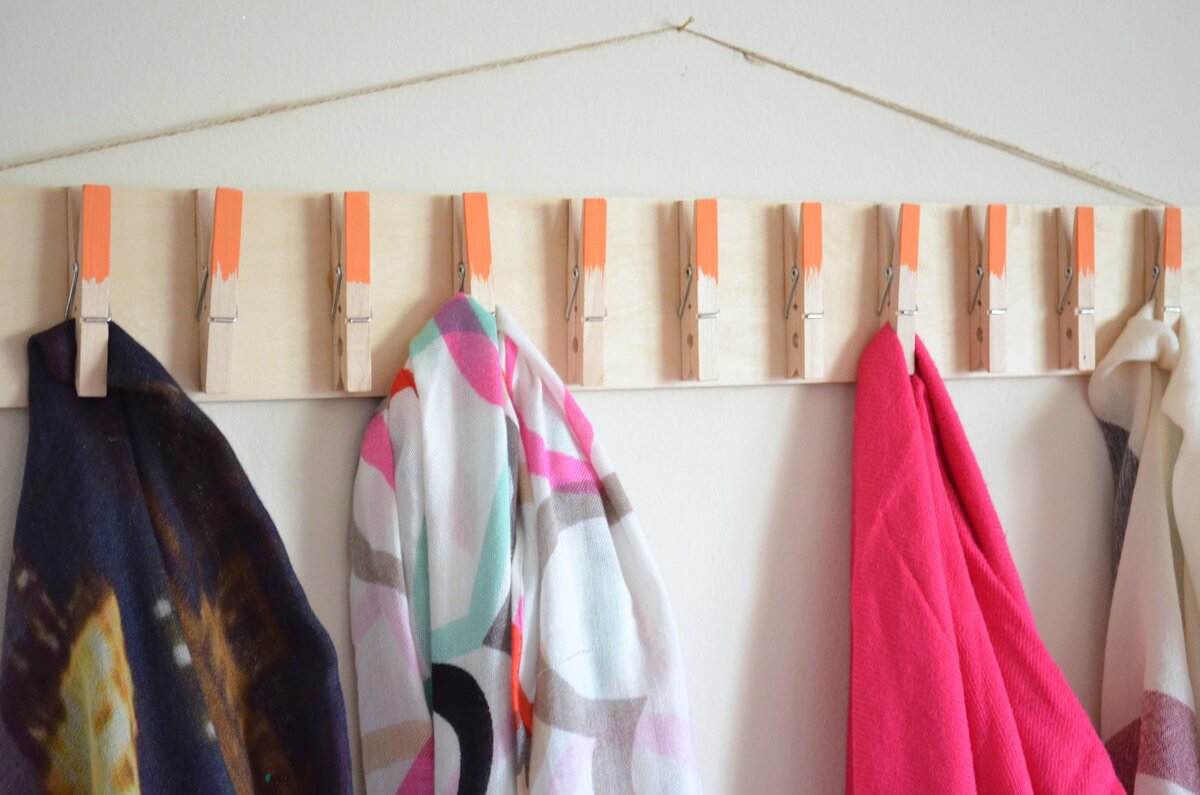
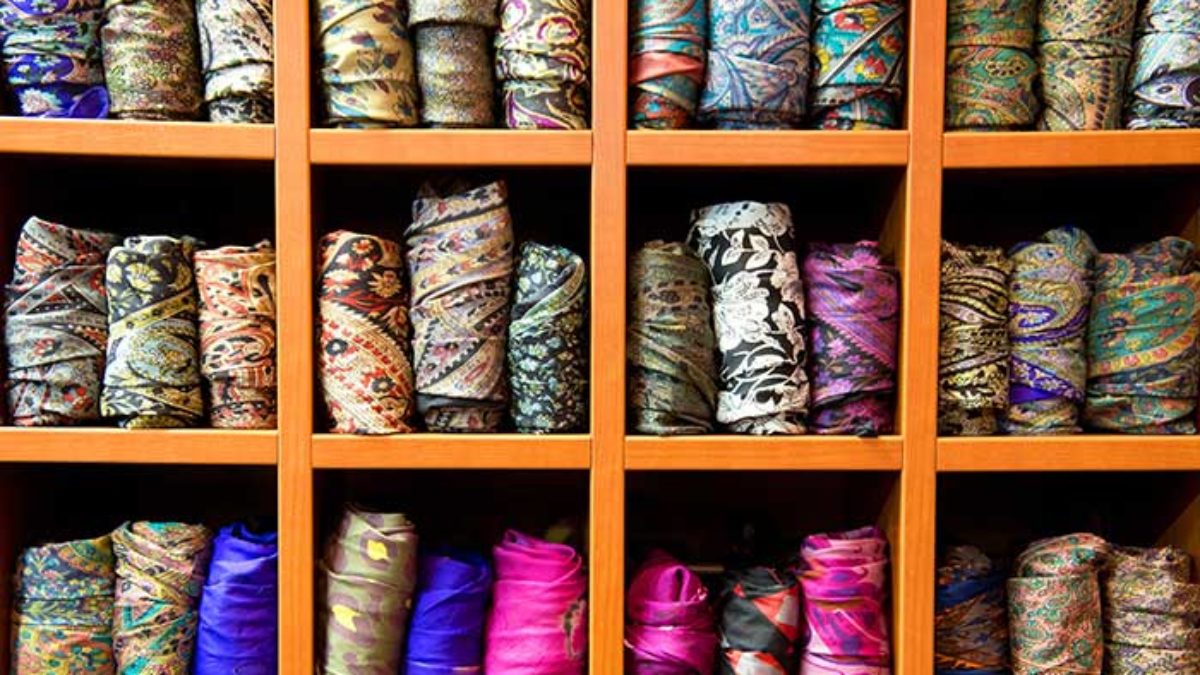
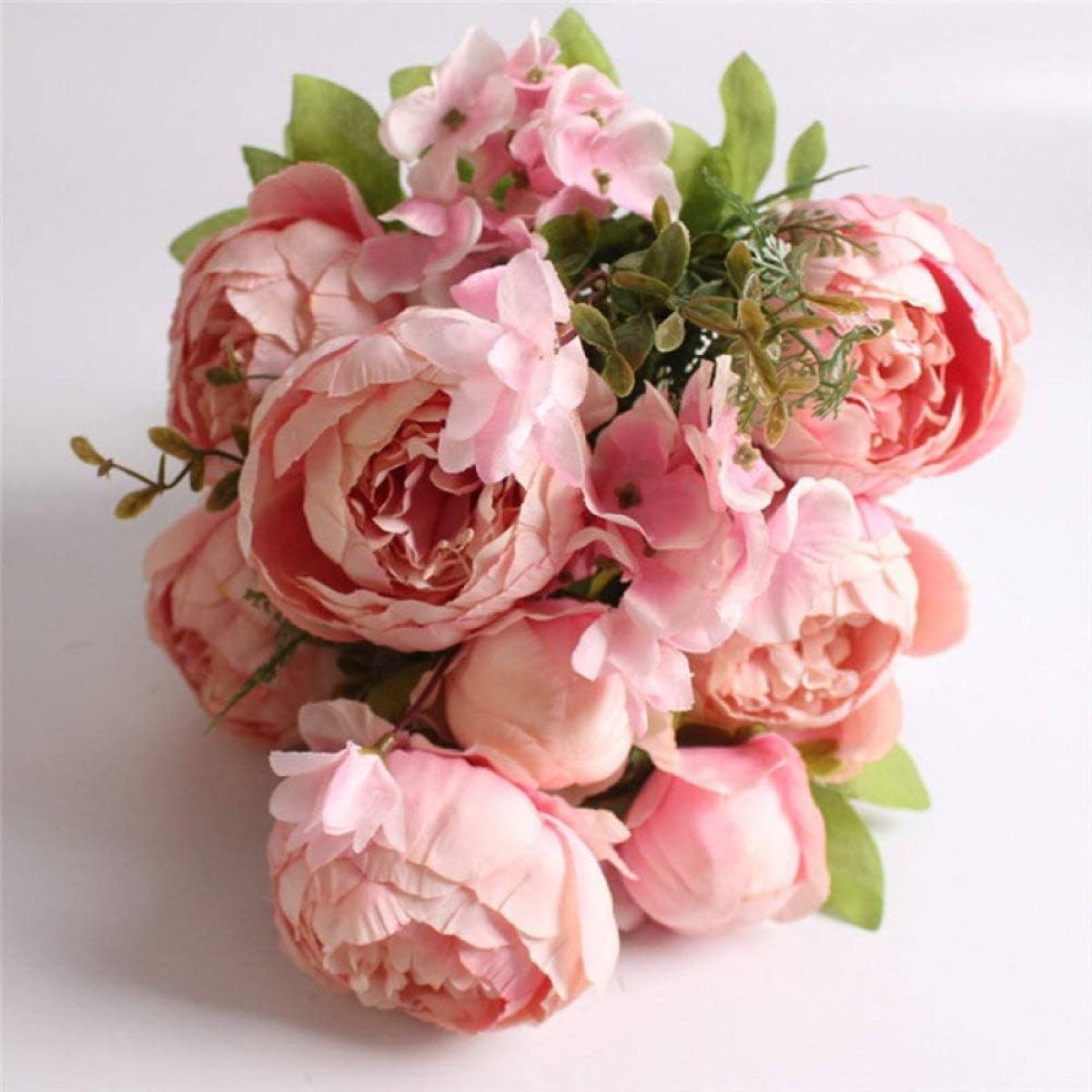

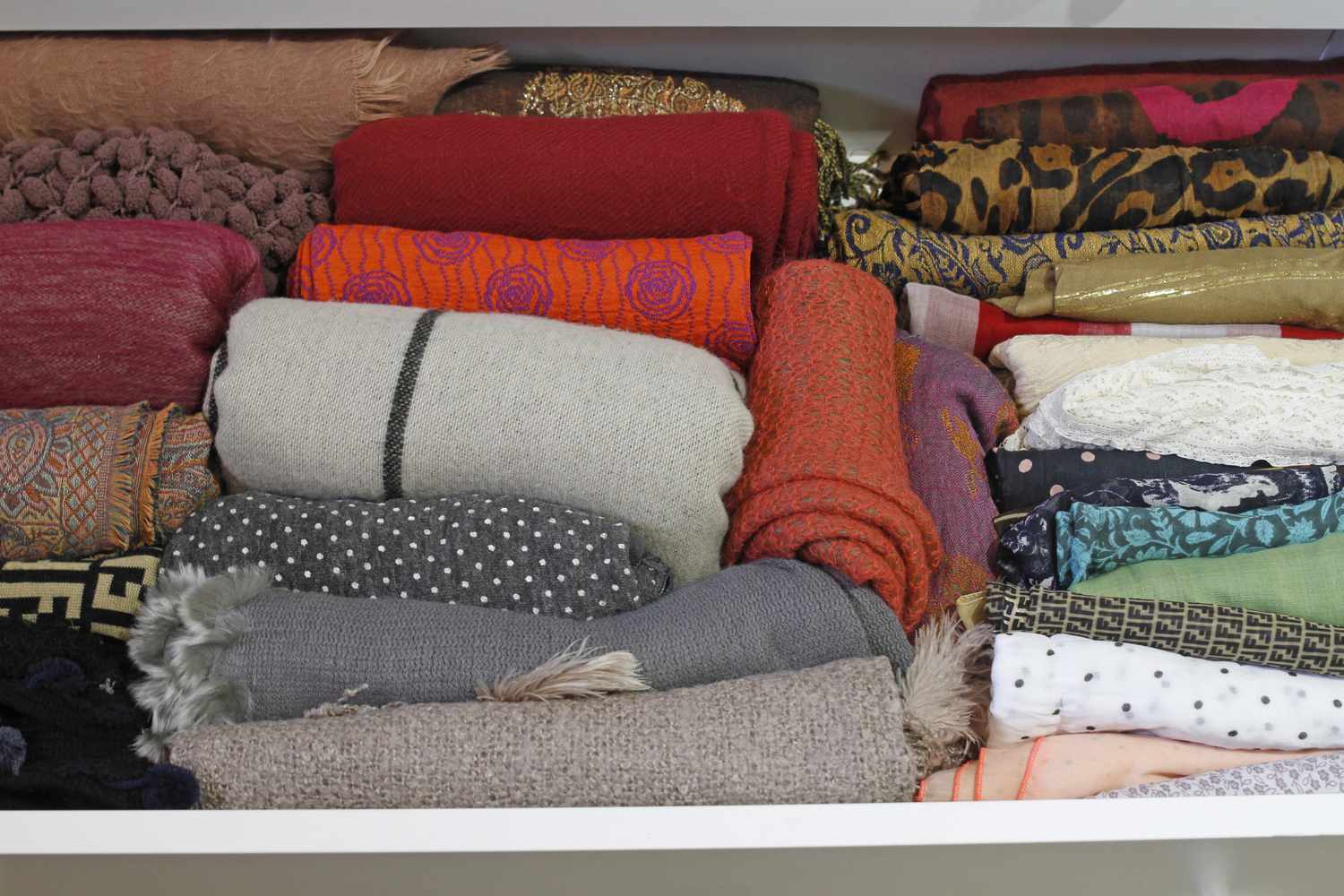
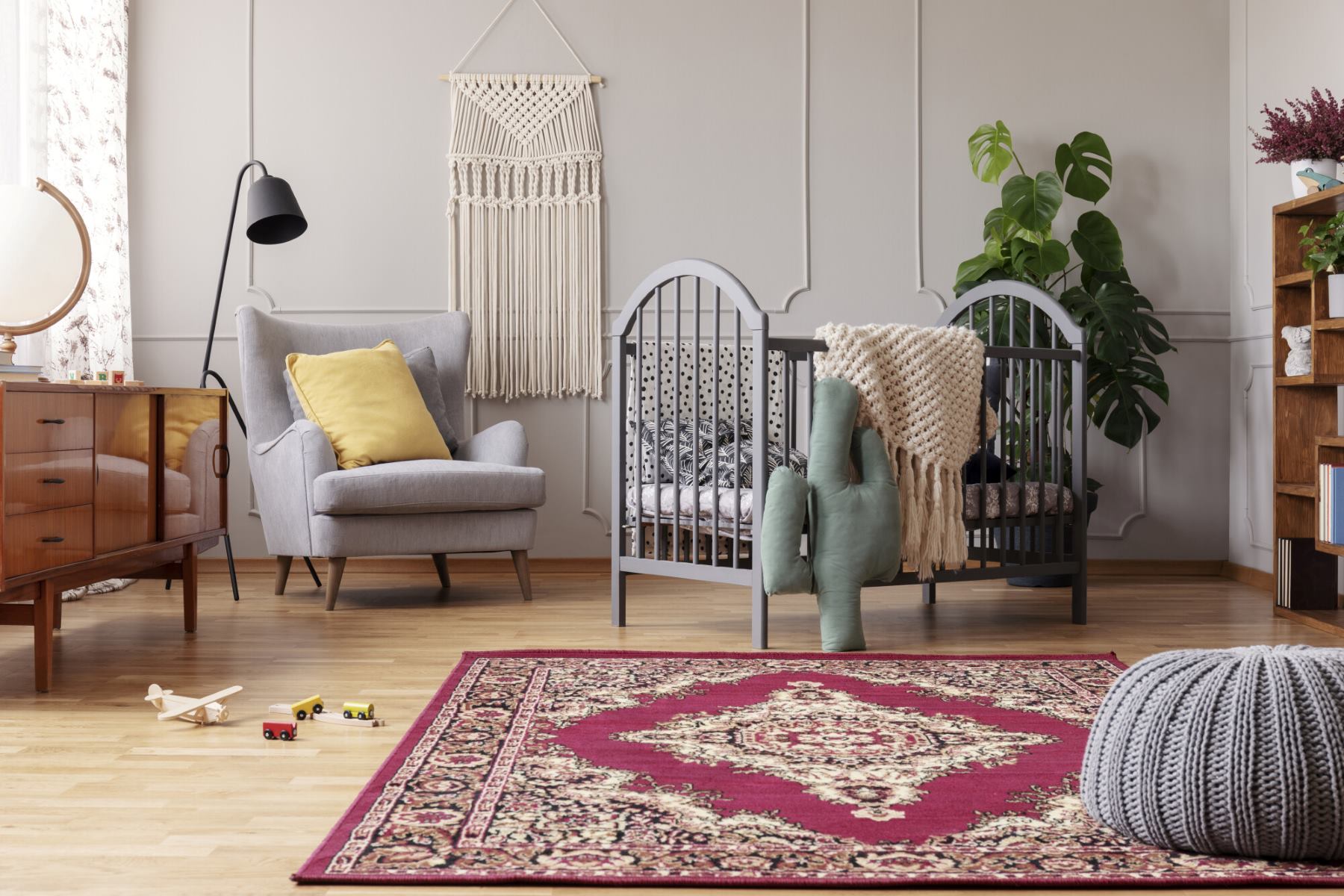

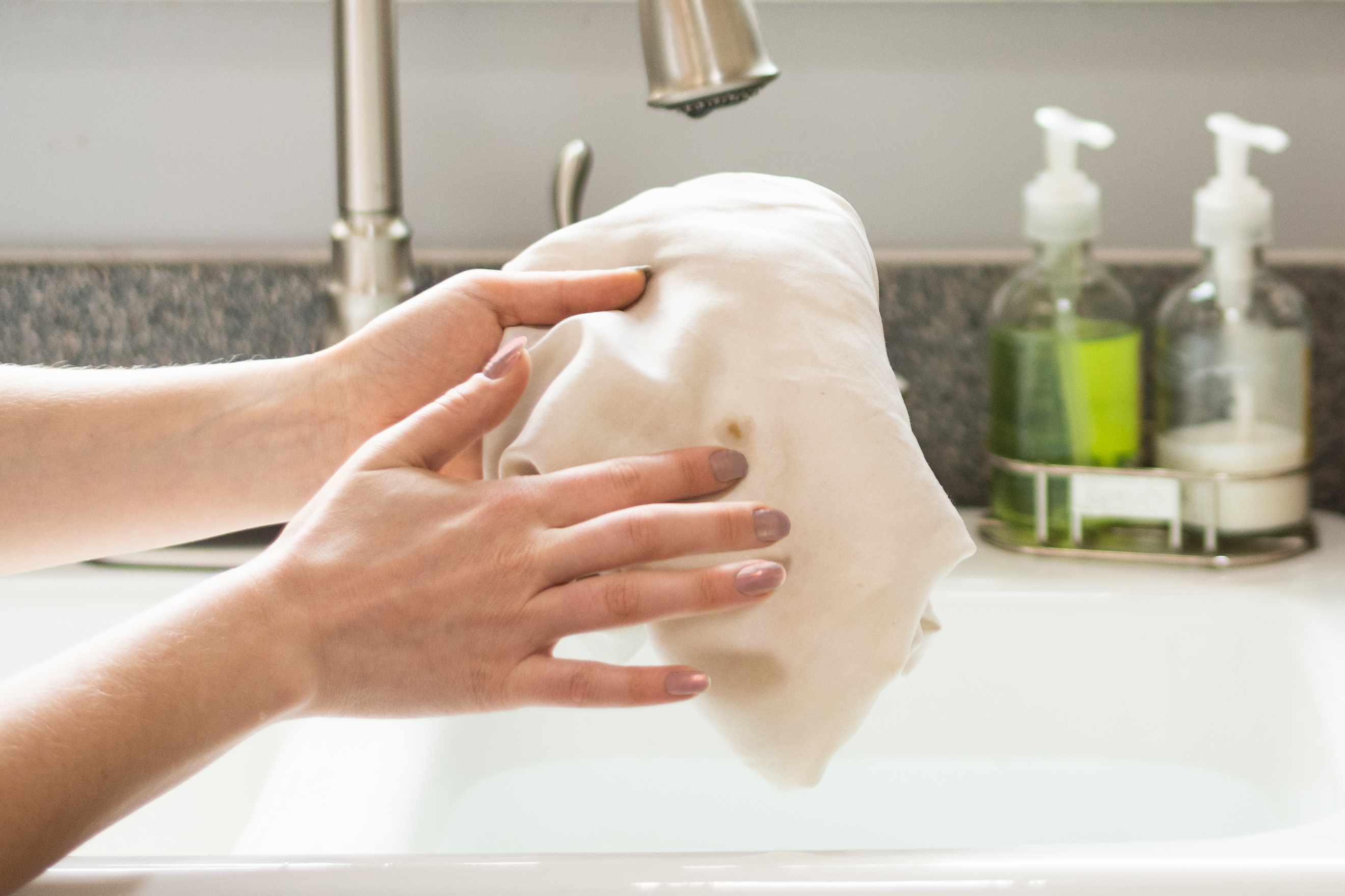
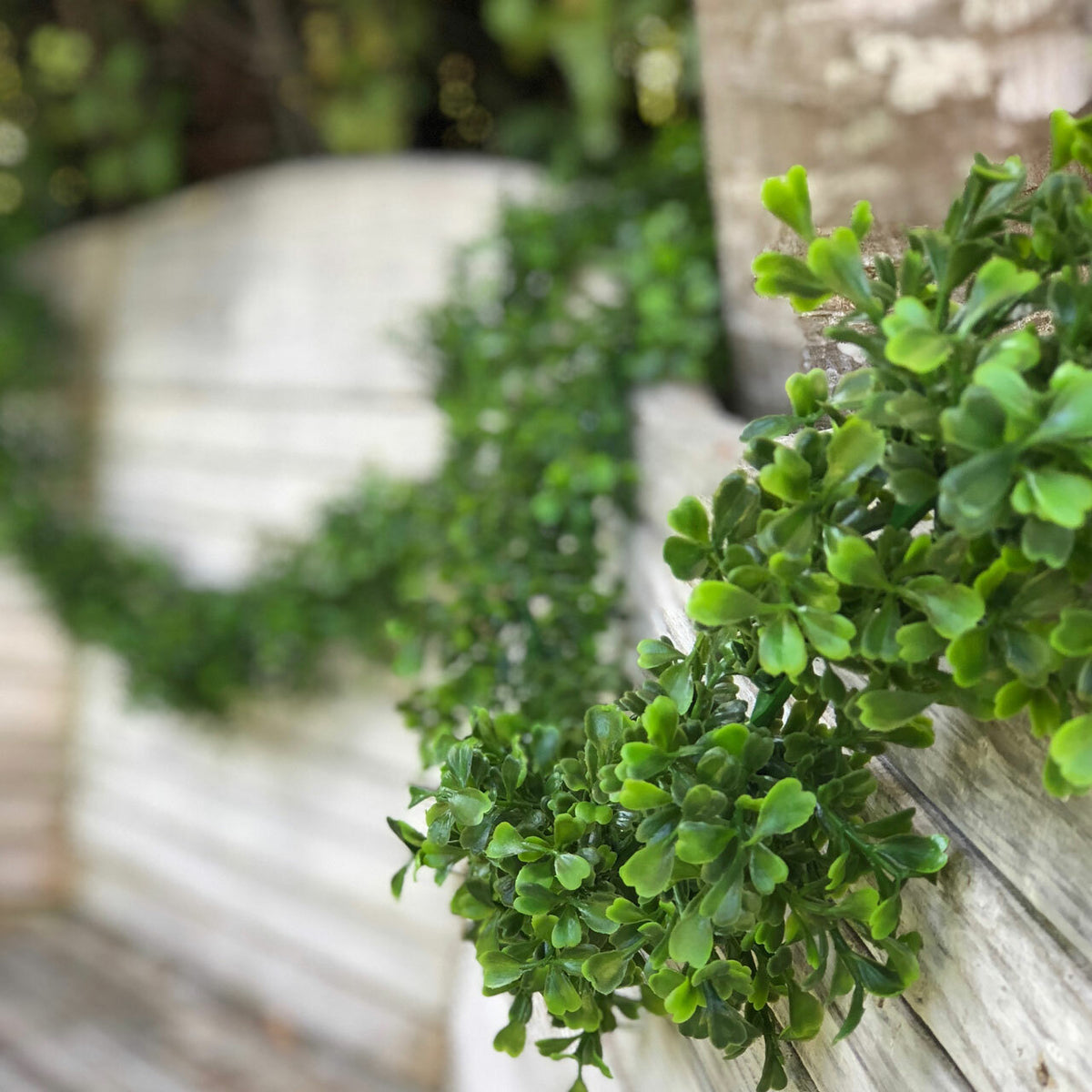
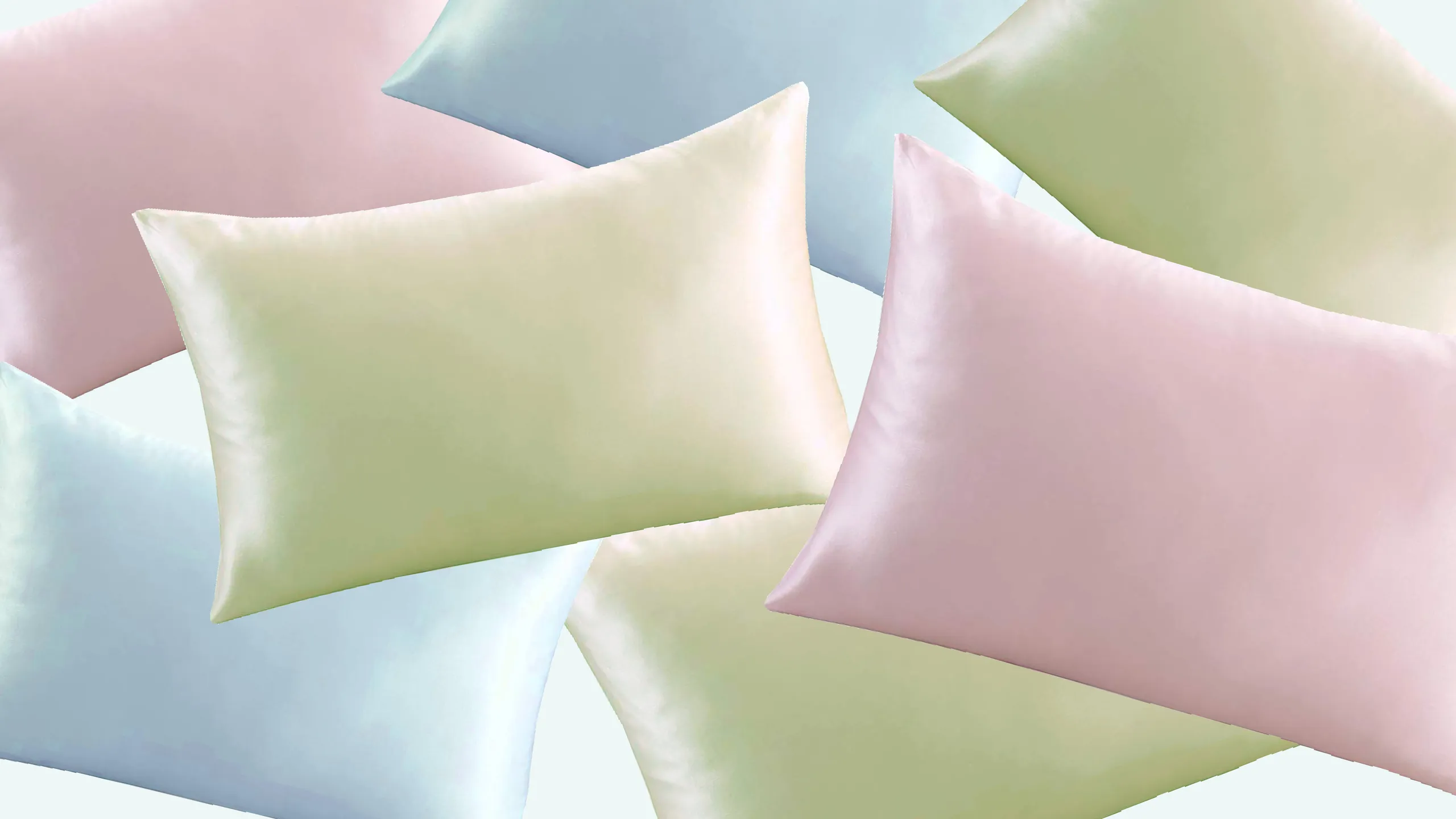
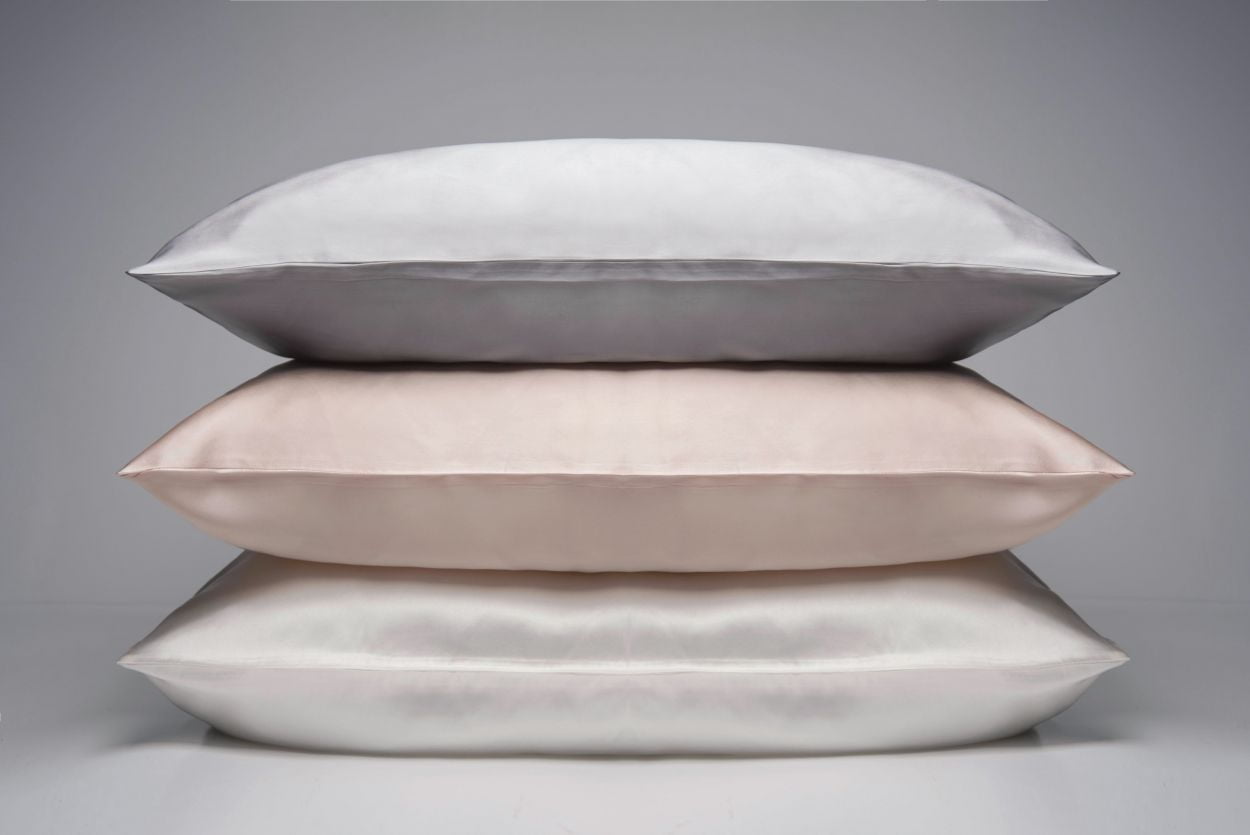
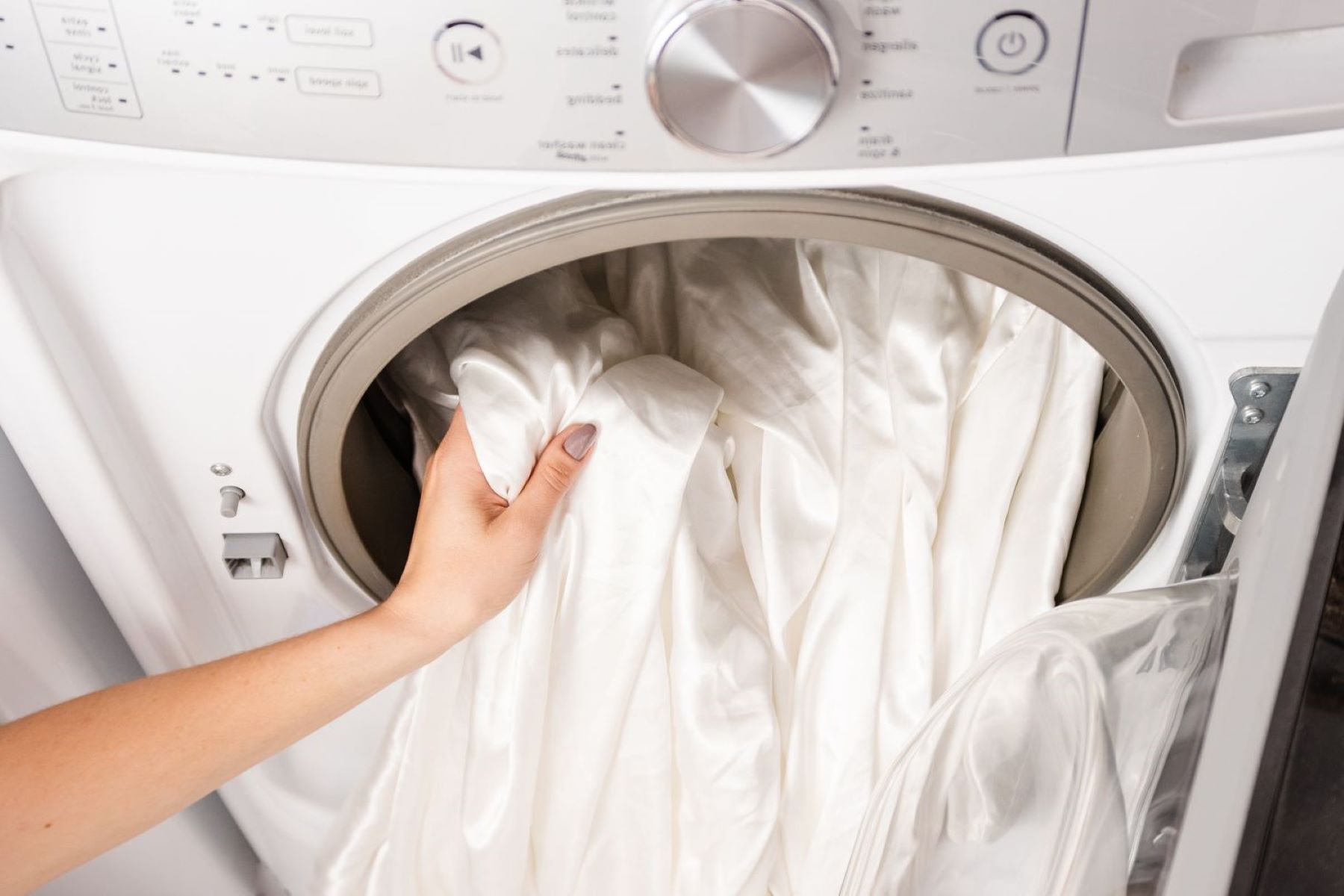


0 thoughts on “How To Store Silk Scarves”